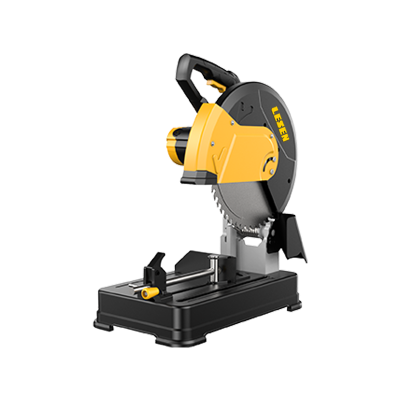Cheap Industrial Metal Cutting Machine For Sale
In the heart of human ingenuity, where dreams meet reality through the precision of steel and the artistry of engineering, lies the Industrial Industrial Metal Cutting Machine. This remarkable tool, which has transformed from a rudimentary concept into a sophisticated marvel of technology, has played an indispensable role in shaping our world.
The origins of metal cutting can be traced back to ancient civilizations, where primitive tools like chisels and hammers were used to shape metal into functional objects. However, it was not until the Industrial Revolution that metal cutting truly evolved into a systematic and efficient process. With the advent of steam power and mechanization, early forms of Industrial Metal Cutting Machines emerged, characterized by their reliance on mechanical force and basic tooling. These machines, though rudimentary, laid the groundwork for the more sophisticated cutting technologies that would follow.
As the 19th century progressed, technological innovations began to accelerate. The introduction of milling machines and lathes marked a significant leap forward, allowing for more precise and repeatable cuts in metal. These early Industrial Metal Cutting Machines were powered by steam engines and later by electricity, enabling them to operate with greater speed and accuracy. The development of carbide and diamond tooling further enhanced their cutting capabilities, making them indispensable in the manufacturing industry.
The 20th century saw a revolution in metal cutting technology with the advent of plasma and laser cutting machines. These Industrial Metal Cutting Machines utilized high-energy beams to melt or vaporize metal, achieving cuts of unprecedented precision and speed. The advent of computer numerical control (CNC) technology in the latter half of the century transformed metal cutting even further, enabling machines to operate autonomously based on programmed instructions. This level of automation not only increased productivity but also reduced human error, pushing the boundaries of what was possible in metal fabrication.
Today, Industrial Metal Cutting Machines have evolved into highly sophisticated systems that incorporate advanced materials, precision sensors, and cutting-edge software. From waterjet cutters that use high-pressure streams of water mixed with abrasive particles to slice through metal with minimal heat distortion, to robotic arms equipped with plasma torches that can cut intricate shapes with unparalleled precision, the versatility and capability of Industrial Metal Cutting Machines are astounding.
One of the notable applications of Industrial Metal Cutting Machines is in the aerospace industry. Here, the demand for lightweight, strong, and precisely shaped components is paramount. Aerospace manufacturers rely heavily on Industrial Metal Cutting Machines to produce parts such as aircraft fuselages, engine components, and wing structures. For instance, laser cutting machines are used to create intricate patterns and shapes in aluminum and titanium alloys, while waterjet cutters are employed for cutting composite materials without damaging the delicate fibers. The precision and repeatability of these machines ensure that each component meets the stringent safety and performance standards required for flight.
They have enabled manufacturers to produce components with unprecedented complexity and accuracy, while significantly reducing production times and costs. This has led to the development of more efficient and reliable aircraft, spacecraft, and satellites, pushing the boundaries of human exploration and transportation.
As we look to the future, the evolution of Industrial Metal Cutting Machines will continue to shape our world. The Industrial Metal Cutting Machine, once a rudimentary tool of the Industrial Revolution, has become a cornerstone of modern manufacturing and will undoubtedly play a pivotal role in the technological advancements of tomorrow.
The Industrial Metal Cutting Machine stands as a symbol of human ingenuity and technological progress. From its humble beginnings as a rudimentary tool to its current status as a sophisticated marvel of engineering, it has transformed the way we work, innovate, and explore.

